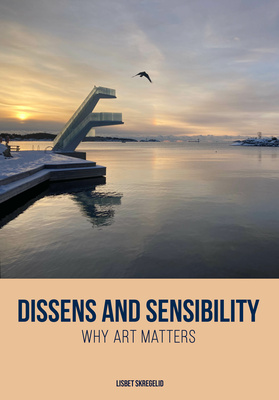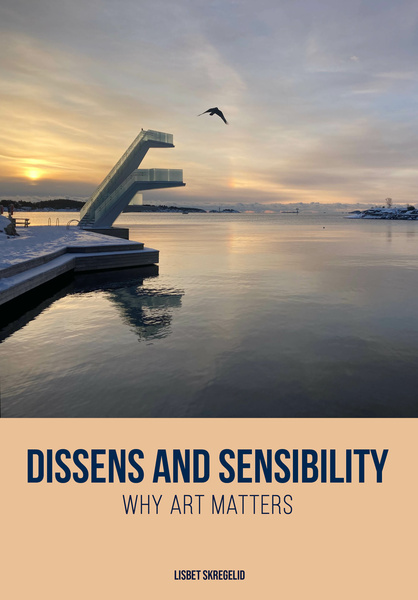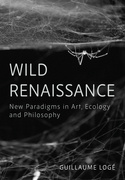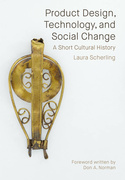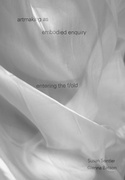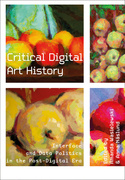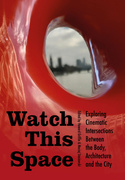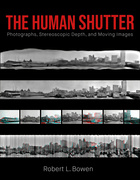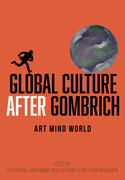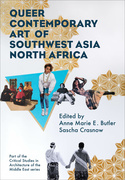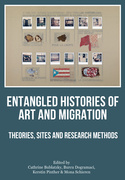Dissens and Sensibility (Book)
Why Art Matters
The book is an introduction to the pedagogy of dissensus, an educational approach using the dissensual characteristics of art as an experimental and affective force. It includes theoretical foundations and examples of how the theory is unfolded in different contexts ranging from educational practice to arts based research. 20 col illus.
Edition
The book is motivated by the author's long-lasting interest in the role of art in society in general and education in particular and is a contribution to arts-based approaches to education. An introduction to pedagogy of dissensus: a pedagogy informed by the dissensual characteristics of art. The book includes both theoretical foundations and examples of how the theory is unfolded in different contexts ranging from educational practice to own arts-based research. This publication is a unique opportunity to launch the relevance of the pedagogy of dissensus in an international context.
The author invites readers to encounter dissensus as an educational strategy through examples from her own research and teaching. Referencing philosophers and theorists such as Rancière, Gert Biesta and Dennis Atkinson, she demonstrates art’s ability to create necessary disturbance and resistance in art education. Putting art at the centre of education and democracy the author shows what an art education focusing on concepts and issue-based art, rather than form, colours and composition, can contribute as a contrast to the dominating practice in art.
Lisbet Skregelid is a professor at the Faculty of Fine Arts at the University of Agder, Norway. She is engaged in questions regarding why art matters in society generally and in education particularly.
Acknowledgements
Foreword
Anette Göthlund
Introduction: The Role of Art in School and Society
My motivation for arts in education
The situation for arts in education in Norway
Why does art matter? A contested question
Art to see ourselves and the world in new ways
Outline of the book
Chapter 1: Towards a Pedagogy of Dissensus
Equality
Emancipation
Aesthetics between autonomy and instrumentality
Poetic translation and aesthetic participation
Dissensus
Events of subjectification
More concepts and approaches of relevance
Chapter 2: Dissensus in Museum Education
Scene One: Obscura
Scene Two: Flegma
Scene Three: Morten Viskum
Scene Four: Dry Joy
Scene Five: Encountering art with art
The museum as a democratic space
Chapter 3: Dissensus in Teacher Education
Disturbances in teacher education
Teiporama: A dissensual third space?
Workshop for teacher students
Students’ experiences with Teiporama
Third space in teacher education
Chapter 4: Dissensus in Education Involving Artists
Art into academic structures – Dissensus affecting the form
Moments of ethical questioning and doubts
Ethical questioning and arrivals of the I
The middle ground as third space
Chapter 5: Dissensus in Arts-Based Research Practice
Lockdown
The running, the films and the filming
Dissensus and running as an educational space
My stunning stream and ecological awareness
Affect and dissensuality
Research? Art? Activism? Or only running?
Chapter 6: A Call for Dissensus in Education
Helga Eng
The importance of teaching and time
The importance of resistance
The importance of artistic approaches to teaching
The importance of sensibility and affect
Why teachers and teacher education matters
Why art matters
References

